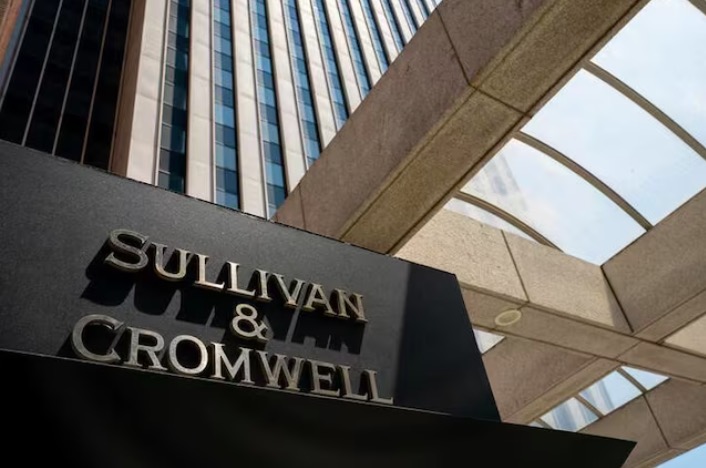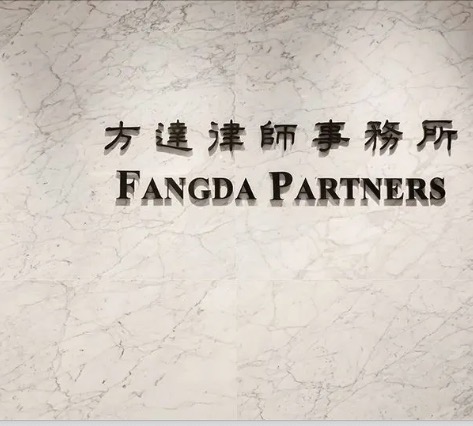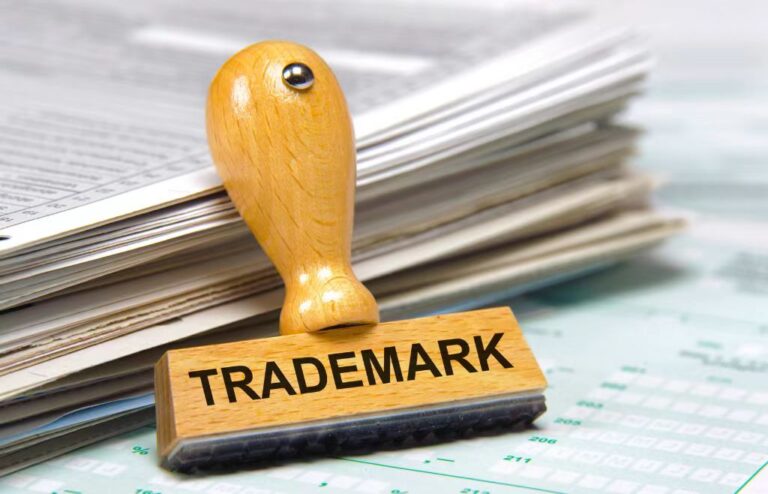Sullivan & Cromwell: Tradition Under Pressure, Excellence in Transition Engaging Lead
On a sweltering August afternoon in 1879, two young lawyers—Algernon Sydney Sullivan, freshly arrived from the Midwest, and William…
On a sweltering August afternoon in 1879, two young lawyers—Algernon Sydney Sullivan, freshly arrived from the Midwest, and William Nelson Cromwell, a sharp Columbia Law graduate—entered a modest office at 125 Broad Street. Their handshake sealed more than a partnership: it marked the beginning of what would become one of the world’s most influential law firms. Over more than 145 years, Sullivan & Cromwell has navigated financial booms, war, regulatory upheavals, and global expansion. Yet today, as it confronts rapid technological change, political polarization, and ethical scrutiny, the firm faces pivotal questions about legacy and reinvention.
From Bond Underwriting to Industry Titans
The firm’s early years were defined by ambition beyond the local New York scene. Before World War I, Sullivan & Cromwell represented European financiers underwriting American railroad expansion and other infrastructure ventures—a bold international outlook rare at the time. William Cromwell himself played a central role in securing U.S. involvement in the construction of the Panama Canal, an audacious act of corporate diplomacy that set the tone for the firm’s outward-facing strategy. This period laid the groundwork for a legacy deeply intertwined with the transformation of the American economy.
By the 1920s, the firm had established offices in Berlin, Paris, and Buenos Aires—among the first U.S. firms to do so—cementing its global aspirations. These moves were more than geographical: they signaled a shift toward managing cross-border finance and regulation for clients whose ambitions transcended national boundaries.
Navigating Crises: The Great Depression and War-Era Shifts
The crash of 1929, far from weakening Sullivan & Cromwell, catalyzed its evolution into a powerhouse for regulatory, tax, and securities work. Amid new legislation like the Securities Act of 1933 and sweeping tax reforms, the firm drafted major registration statements and shaped mutual fund laws—often with lawyers who would go on to serve in government or lead major institutions. Notably, Edwin S. Cohen cut his teeth at the firm during this era, later advising on pivotal tax codes and helping establish the mutual fund industry.
By the outbreak of World War II, Sullivan & Cromwell had become arguably the largest law firm in the world. Some of its work during this era, such as representing I.G. Farben and aiding Nazi Germany’s expansion through cartel structuring, has since ignited deep ethical debate. Such associations pose lingering questions about legal responsibility in geopolitically fraught contexts.
Post–War Expansion and the Rise of M&A
After the war, Sullivan & Cromwell modernized its structure in response to the complexities of global capitalism. Landmark projects included advising on Ford Motor Company’s record-breaking $643 million securities offering in 1956. As corporate America matured, so did the firm: it launched a dedicated banking practice in 1968, followed by an M&A division in 1980. Within a few years, M&A work generated up to a third of total revenues—placing S&C at the center of corporate consolidation trends.
This strategic shift was far from passive. By anticipating the ascendancy of cross-border mergers and large-scale financing, Sullivan & Cromwell cemented its status as a go-to adviser in high-stakes transactions.
Modern Powerhouse: Project Finance, ESG, and Global Reach
In recent years, Sullivan & Cromwell has doubled down on global project finance—often acting for borrowers and sponsors in transactions averaging nearly $3 billion. Whether building LNG terminals in Papua New Guinea and Texas, or financing greenfield mining operations in Chile, the firm’s teams skillfully weave in local counsel and specialized legal expertise to manage sprawling regulatory, environmental, and financial risks.
Notably, the firm has earned recognition for ESG-linked financing and green or social bonds, demonstrating its ability to translate regulatory trends into strategic advantages. Chambers and other industry trackers have given S&C high marks in project finance, M&A, and tax. Inside, associates value the chance to rotate across practices before focusing—a generalist-to-specialist pipeline that cultivates deep judgment and cross-domain fluency.
Culture of Quality: Leadership, Mentorship, Tradition
At its core, Sullivan & Cromwell remains rooted in a partnership-driven model focused on consistent excellence. Co-Chairs Robert Giuffra and Scott Miller emphasize risk management, quality control, and a collaborative ethos that mirrors William Cromwell’s insistence on hand-delivered communications. These stories of care—from telexes to meticulous drafting—highlight a culture that reveres attention to detail and joint accountability.
Former and current associates speak of a collegial atmosphere, especially notable given the firm’s size and fame. In Asia, Australia, and Europe, S&C teams collaborate closely with local offices, reinforcing both technical rigor and cultural cohesion. The firm also leans into diversity and inclusion, supporting LGBTQ+ networks and emphasizing merit-based progression.
Influential Alumni and Intellectual Legacy
It’s not just clients who define S&C’s impact—so do its alumni. From Supreme-Court Chief Justice Harlan Fiske Stone and CIA director Allen Dulles to SEC Chair Jay Clayton and corporate-finance titan H. Rodgin Cohen, the firm’s graduates often shape law, policy, and regulation. Edwin Cohen, who drafted tax provisions in the Revenue Acts of the 1930s and ’40s, exemplifies how S&C-trained minds permeated public institutions.
On the corporate side, figures like Amal Clooney and Peter Thiel show the firm’s breadth: from high-profile international human-rights advocacy to Silicon Valley disruption. These varied trajectories reflect Sullivan & Cromwell’s ability to create leaders across sectors.
Facing Reputational Crosswinds and Ethical Tests
Yet a long history inevitably carries controversy. Representing monopolistic clients during the New Deal era, collaborating with I.G. Farben, advising on U.S. intervention in Guatemala in 1954 for the United Fruit Company, and more recently, working with FTX or conducting pro-Palestinian protest screenings—each episode stirs debate.
In early 2025, Sullivan & Cromwell became the first major New York firm to support former President Trump’s legal appeal in the Manhattan hush-money case—a move that generated both internal dissent and external scrutiny.
Some observers describe Giuffra’s proximity to political power as protective, while others warn of long-term reputational risk. Such tensions underscore a central challenge: balancing high-stakes representation with public perception.
Strengths: Breadth, Cohesion, Financial Resilience
Sullivan & Cromwell’s core advantages lie in its structural coherence and skill intensity. Rather than fragment into boutique silos, the firm maintains both breadth—corporate, litigation, regulatory, tax, projects—and depth in each domain. Long-term partnership builds trust, and mentorship patterns foster institutional memory and alignment.
Financially, its diversified revenue sources—from blockbuster deals to orthodox corporate and regulatory mandates—have afforded resilience amid market disruptions. Despite geopolitical unrest, inflation, or slowdowns, the firm posted strong results in 2023.
Challenges Ahead: Technology, Talent, and Values
Still, important challenges loom. As law firms embrace AI and automation, S&C must integrate tech solutions while preserving its hallmark quality-first approach—a tension between scalability and excellence that demands strategic clarity.
Talent-wise, the firm recruits top law grads but must retain them working 24/7 in a high-pressure context. Reviews note stress, limited work–life balance, and attrition—for instance, over-managed staff and scant upward mobility in some offices. Balancing rigor with retention will be critical.
The political dimension is equally delicate: from protest vetting to high-profile political clients, Sullivan & Cromwell faces heightened expectations for ethical consistency. Its global footprint adds complexity—navigating diverse standards amid shifting geopolitical alignments and ESG priorities will test both policy and practice.
Charting the Next Chapter: Bold Expansion, Guarded Adaptation
Looking forward, S&C’s leadership signals how it might steer through change. Senior partners emphasize strategic hiring, sustained internal development, and growth in high-opportunity sectors like ESG financing, tech M&A, and energy transition. The firm has made proactive moves—hiring West Coast tech M&A specialists to deepen its presence in Silicon Valley, anticipating a surge in tech-driven transactions.
Meanwhile, long-term projects investing in climate, renewables, and infrastructure signal an intentional pivot to future-facing work, backed by multidisciplinary teams that blend legal, financial, and policy expertise.
Sullivan & Cromwell’s story is a prism through which the evolution of modern law is refracted: from bond underwriting and regulatory scaffolding to mega-deals, global expansion, and ESG integration. Yet history is a double-edged sword. The firm’s greatest strength—its legacy—also imposes weighty responsibility: to uphold quality, navigate ethical complexities, and adapt to a world transformed by politics, technology, and global capital flows.
As it steps into its 147th year, Sullivan & Cromwell stands at a crossroads. Will it remain the scrupulous steward of tradition, or will it bend the arc toward innovation—balancing heritage with agility? Its next moves, whether in AI, talent culture, or geopolitical risk, will define not just its future, but also the evolving shape of global law.








